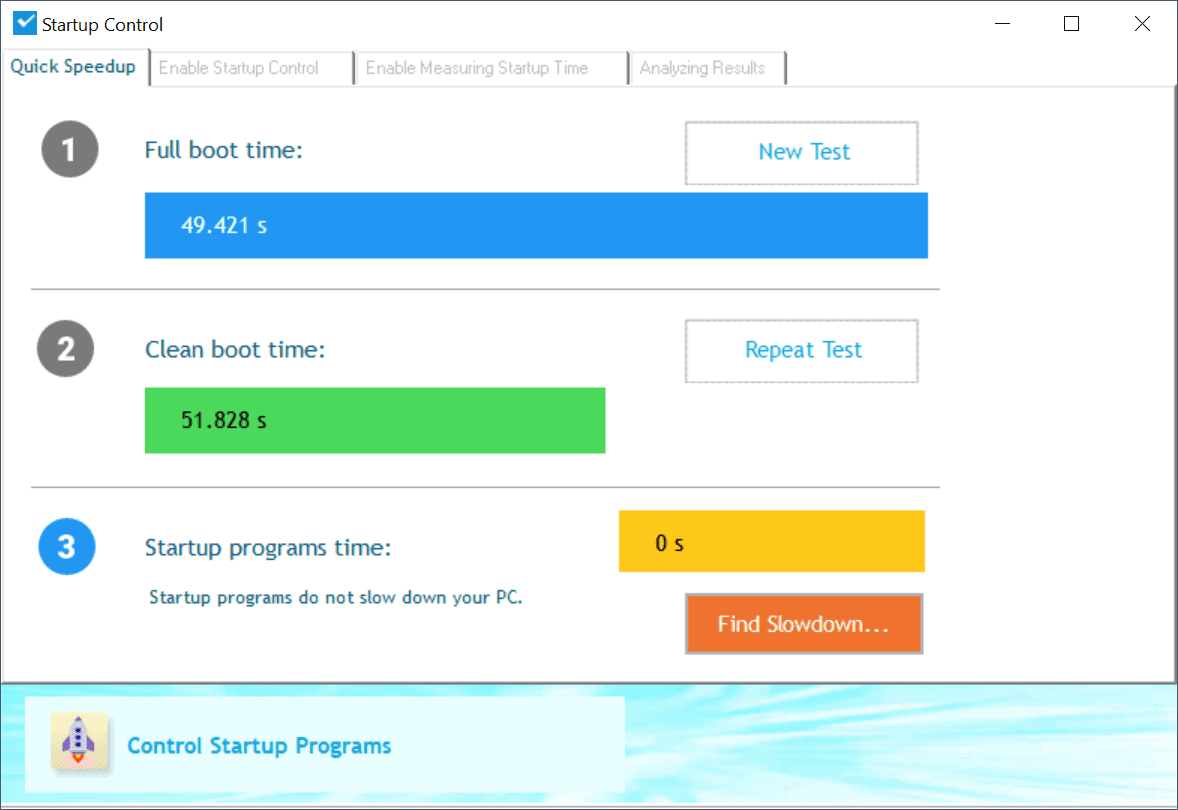

The models were also the same, except the capacity. Not many of us trust unknown third party applications to change the system settings of our computer. I used Western Digital SSD for installing both Windows 10 and 7. Schedule scans for at least once a week to prevent future virus infections. If your antivirus program gives you the option, run an in-depth scan for rootkits. This behavior prevents other services in the same Svchost.exe instance from starting until the call to the LoadLibrary function is returned. If you haven’t recently, run a virus scan on your computer.

More Information Svchost.exe holds a lock on a service when the libraries for the service are loaded.
IMPROVE STARTUP TIME WINDOWS 7 UPDATE
It's probably Symantec that slows your boot time down. An update is available that improves the startup performance of Windows 7 and of Windows Server 2008 R2. I used the same computer configuration for both the OS, except that Windows 7 was installed on a 120GB SSD and Windows 10 on 250GB SSD. Uninstall every Symantec application and use Microsoft Security Essentials and the Windows Firewall. As mentioned before, the boot times have come down from 3 minutes to 35s, with HDD and SSD respectively.Īnother interesting fact, was that, Windows 7 booted up more quickly than Windows 10. The major boot time improvement can be seen in Windows 10 after using a SSD.

Though slight improvement was observed in Windows 7 boot times in the SSD vs HDD comparison, further program operations were quick enough after using SSD. Prior it was probably 30 seconds to a minute with the cheap 5400 RPM HDD it came standard with. My new HP bargain basement laptop that I upgraded with an HP EX920 NVMe SSD (NVMe/PCIe is much faster than SATA) is now basically instant-on (under 3 seconds to boot). My old Phenom II X6 1045T system, with standard SATA Samsung 860 EVO went from a minute or two boot time on HDD to like 10 seconds boot time on SSD.


 0 kommentar(er)
0 kommentar(er)
